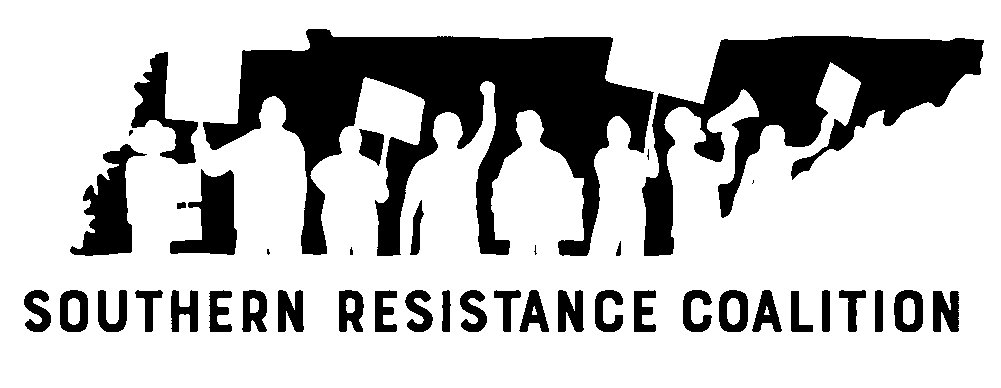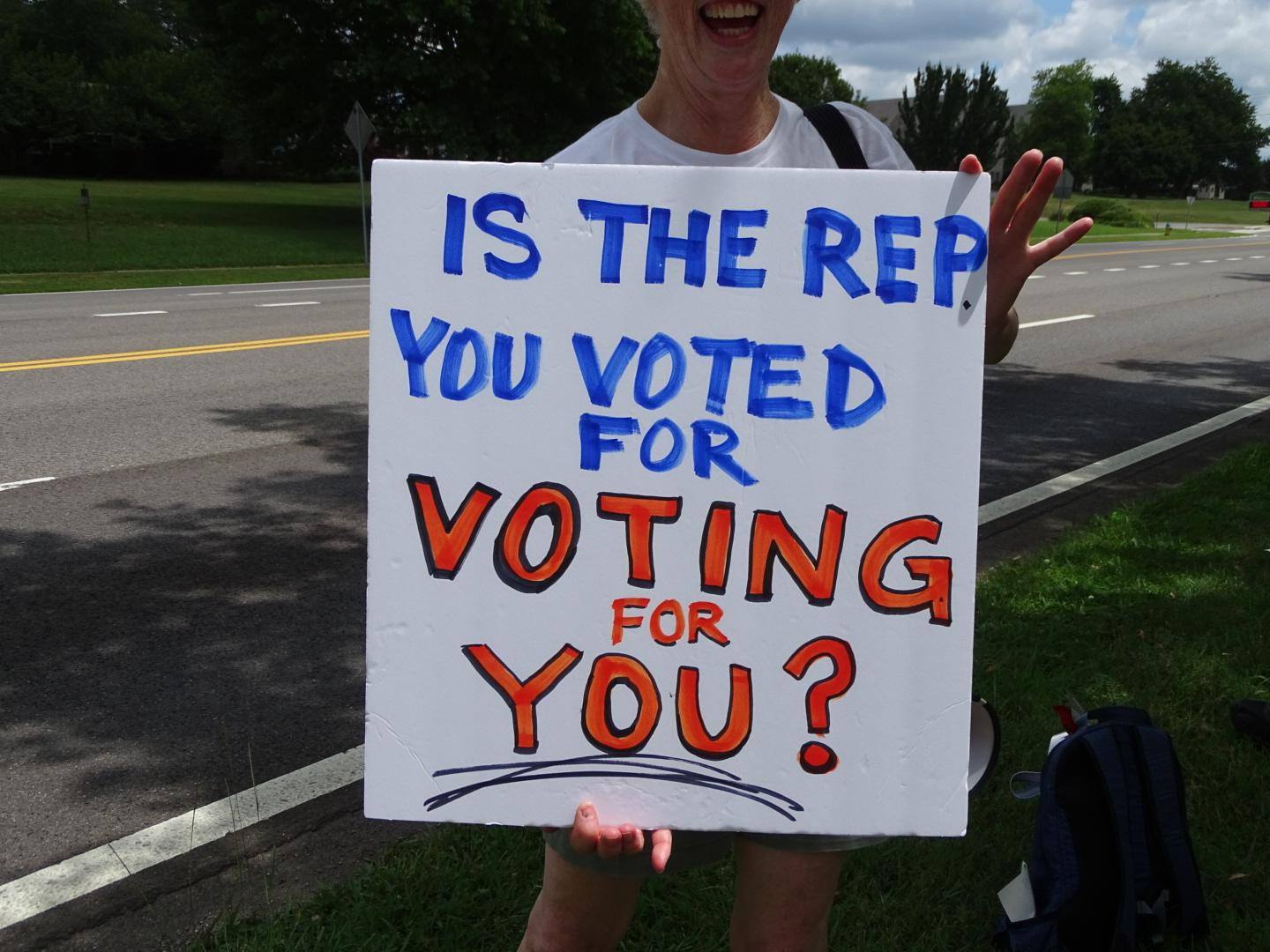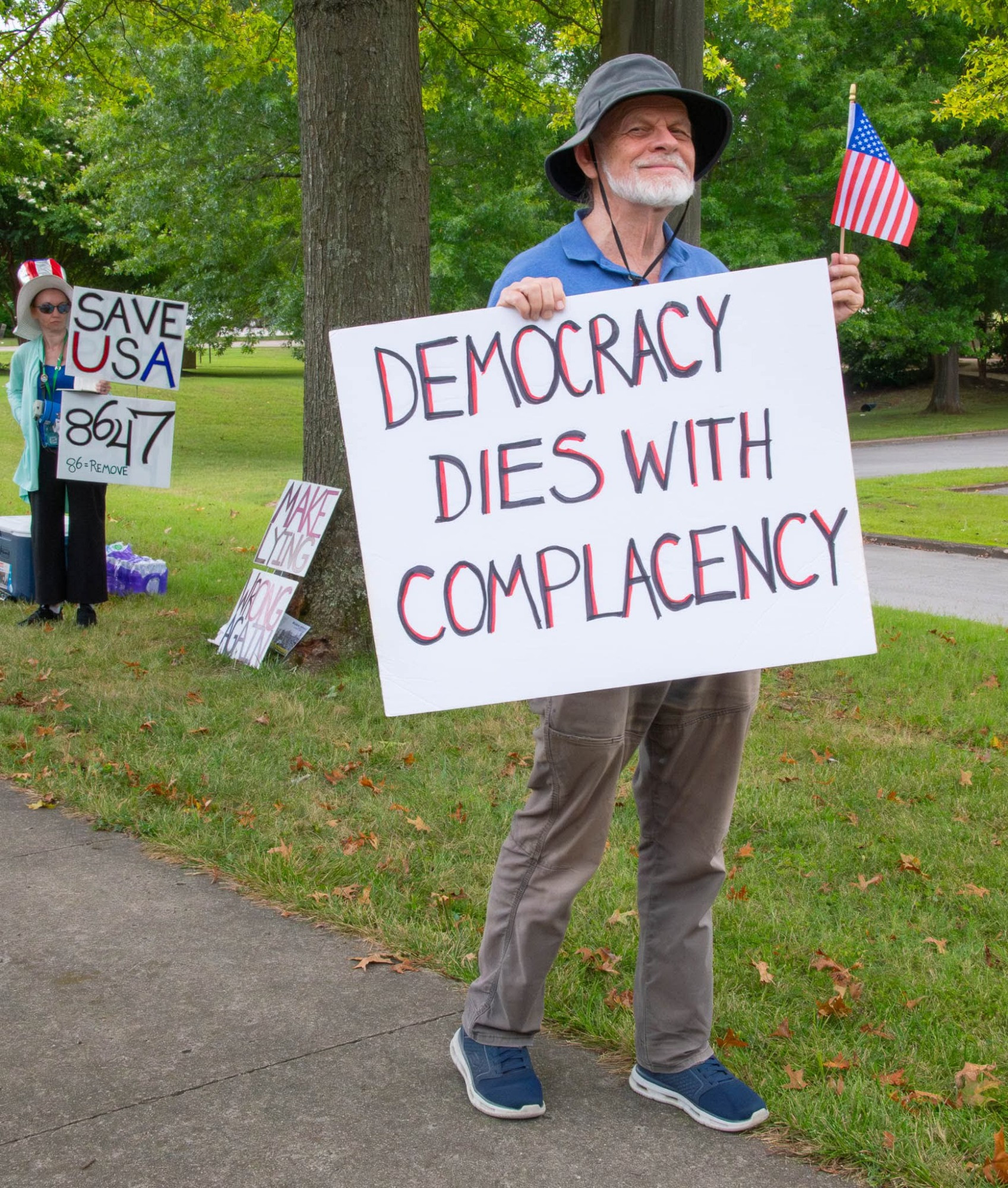In the last two weeks, we’ve covered a lot: what authoritarian regimes are, the tactics they use to grab power, and how they depend on certain pillars to hold them up. Pillars we are all part of.
Last week, we began exploring the three categories of nonviolent action that can help weaken those pillars and create the future we truly want to see. As a reminder, the categories are: Protest and Persuasion, Building Alternatives, and Noncooperation.
(Catch up on parts one and two of this series.)
This week will be a little shorter and more actionable. Let’s talk about noncooperation and some specific ways it can show up.
First, why noncooperation?
Authoritarian leaders need our cooperation to stay in power. As more and more people start refusing to cooperate with unlawful or immoral orders, the pillars holding the system up will begin to crumble.
Most noncooperation starts with an individual or a small group of people. Here are some specific and more general examples of what it can look like in action:
- A teacher refusing to remove an ‘All Welcome’ sign from her class.
- A lawyer speaking out against other firms capitulating
- Individuals organizing ICE patrols in their neighborhoods
- A national guard member questioning their deployment to DC reaching out
- Patrons asking local businesses to display anti-ICE signage in their windows
- Participating in collective actions like the Tesla takedown or Target boycott
- Alumni pressuring universities not to cave to administration demands
- Students applying pressure to their institutions
- Asking local law enforcement not to cooperate with ICE
- Removing pension/retirement funds from companies profiting off of ICE
- General strikes and walkouts
Individuals, groups, pillars, and entire societies can all engage in organized noncooperation. Collective action grows from individual actions, such as when the community rallies around the teacher.
It’s especially powerful when the pillars themselves get involved and loyalties begin to shift. As a reminder, the pillars are: business, labor, faith, education, civil service, military, and police.
These are a few examples, but there are many more ways to gum up the works of autocracy. There are small and large actions available to each of us if we know where to look.
Check out the Choose Democracy project or the One Million Rising training by Indivisible to learn more and start brainstorming.



